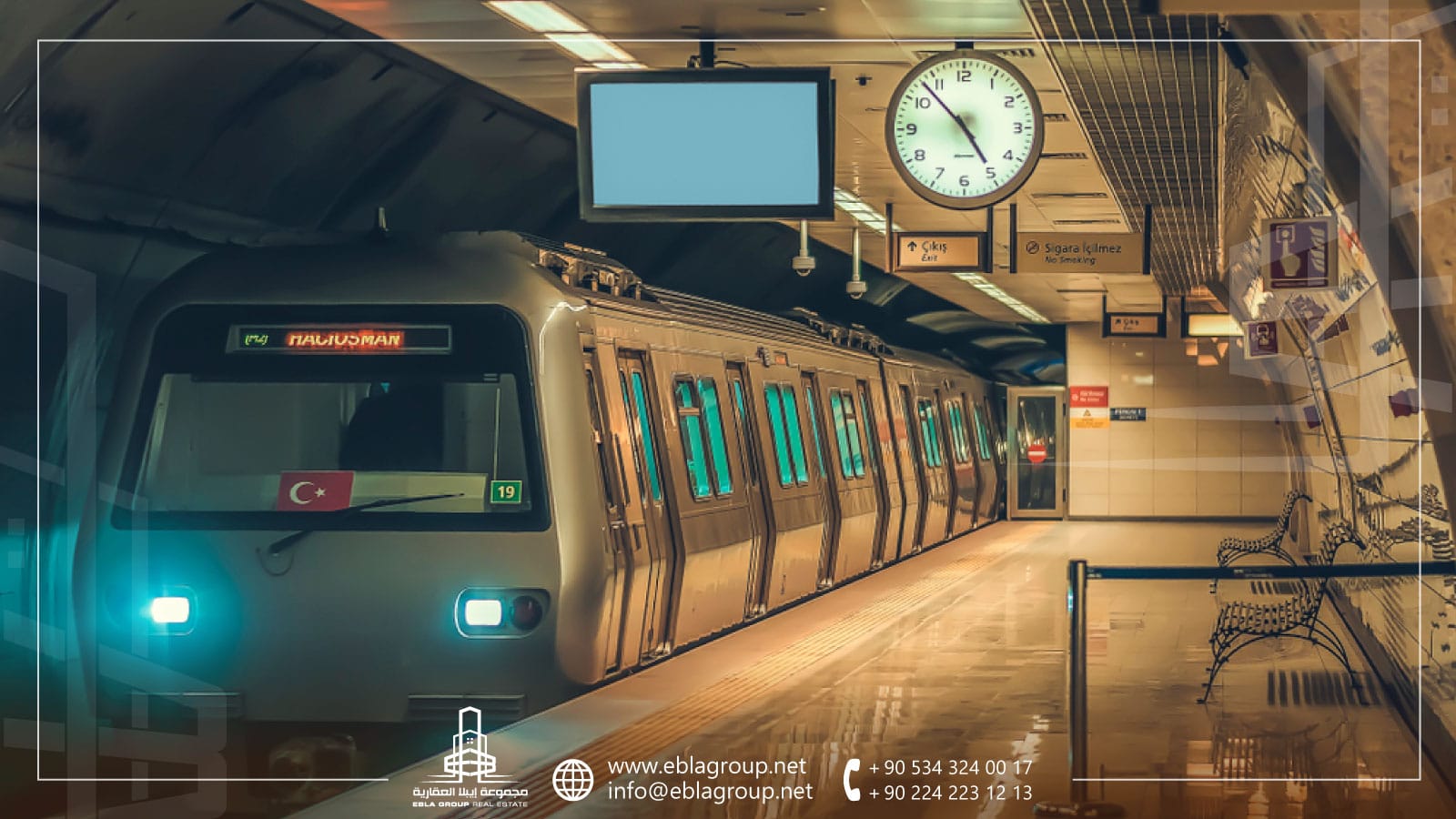Istanbul Metro
Istanbul Metro is one of the most important means of transportation in the city. Moreover, it is a symbol of the development and progress of infrastructure in Istanbul. Furthermore, it provides great services to citizens and links most of Istanbul’s regions to each other. As we will see in this article from Ebla Real Estate.
An introduction:
Istanbul is the largest city in Turkey. Moreover, it is one of the most important and prominent cities in Turkey. Furthermore, it is considered the economic, cultural, and historical center of the country.
In addition, Istanbul has an advanced infrastructure. They make plans and develop projects in all areas of life in Istanbul. Among the most developed projects is Istanbul Metro.
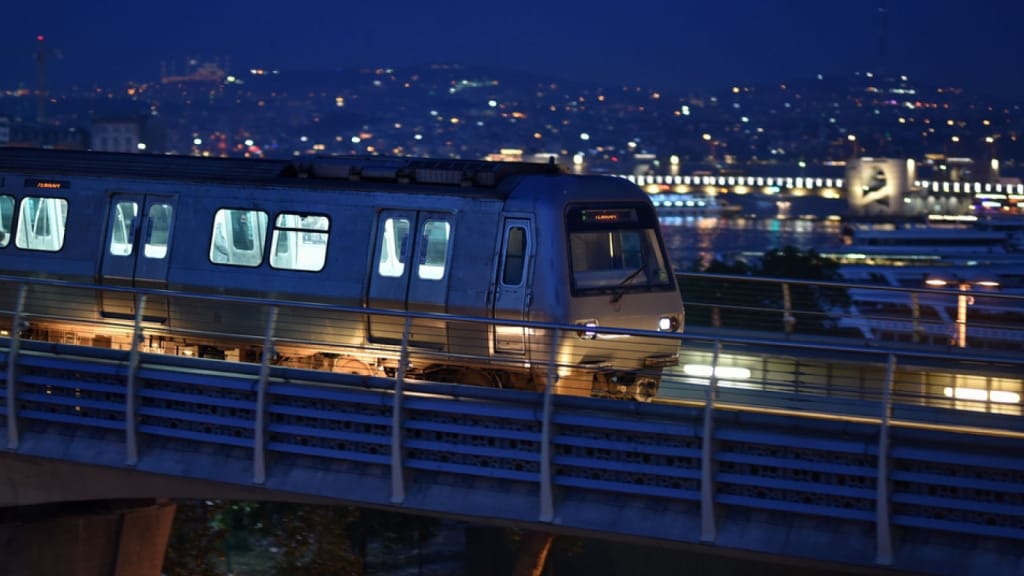
History of Istanbul Metro:
The oldest underground urban rail line in Istanbul is the Tünel, which entered service on 17 January 1875. It is the world’s second-oldest underground urban rail line after the London Underground. Moreover, it is the first underground urban rail line in continental Europe.
Several plans were proposed and many reports were prepared for the networks and lines of the metro. However, these plans never came into effect and all proposals were put on hold until 1987, when the planning for the current Istanbul Metro was made.
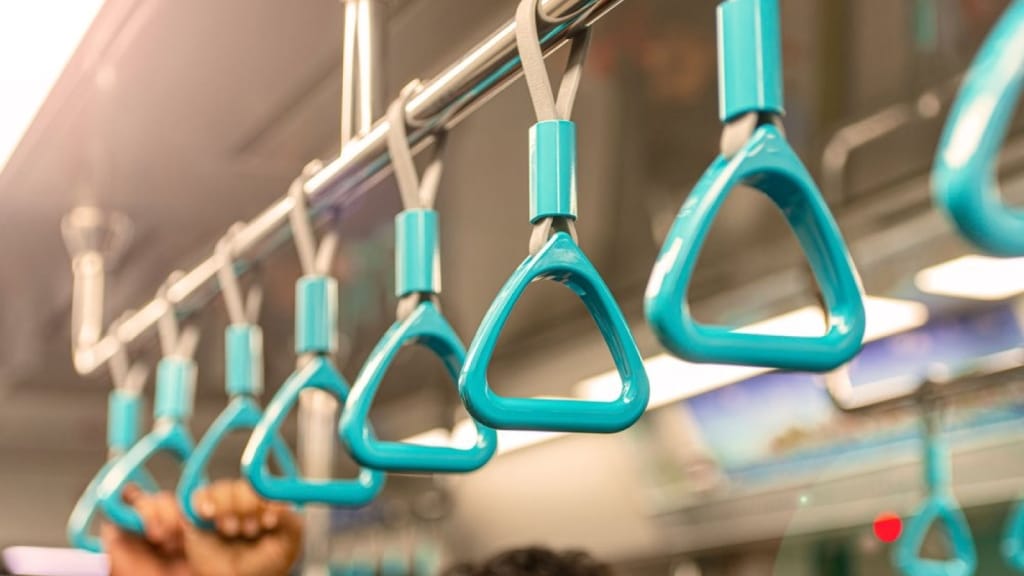
Construction works for the first ‘modern’ mass transit railway system started in 1989. The M1 was initially called “Hafif Metro”. The M1 line operated from Aksaray towards the western suburbs, reaching Atatürk Airport in the southwest in 2002.
Construction of the M2 line began on 11 September 1992. However, there were many challenges because they discovered numerous archaeological sites during the drilling process, which slowed down or fully stopped the construction of many stations, especially in the south.
Taking into account the seismic activity in Istanbul, the entire network was built with the cut-and-cover method to withstand an earthquake of up to 9.0 on the Richter magnitude scale.
Expansion and development projects of Istanbul Metro:
Similar to the European side, they constructed the remaining portion of the 26.5 km long M4 line on the Asian side from Kadıköy to Kaynarca in 2012.
Moreover, construction of the 20 km long M5 line from Üsküdar via Ümraniye to Sancaktepe started in March 2012.
Istanbul Metro is one of the most important public transports that facilitate movement within Istanbul. Moreover, it has transported more than 130,000 passengers daily, according to statistics in 2000.
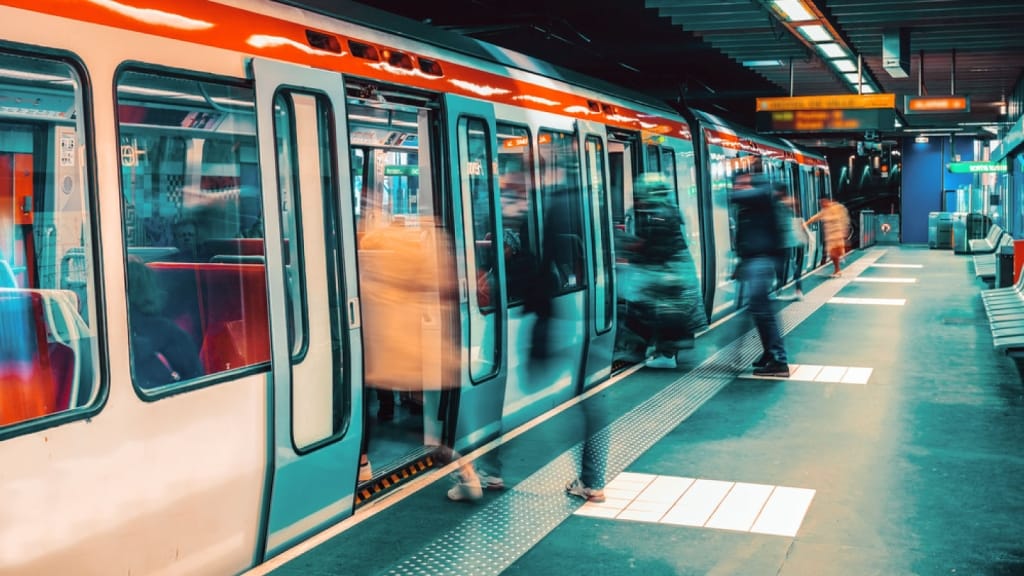
In addition, Istanbul metro network has expanded to include several lines M1, M2, M3, M4, M5, M6, M7, M8 and M9.
The Metropolitan Municipality of Istanbul pays great attention to the metro network. And it is worth noting that the Istanbul metro network covers most parts of the city, linking vital facilities to each other. Length of the urban rail system network in Istanbul is 275,65 km and the metro operates 183,15 km of this network. Moreover, Istanbul Metro renders services to 2 million people every day with its 16 urban rail system lines within this network.
Thus, it increases the attractiveness of the city and the quality of life by providing comfortable, punctual, entertaining, technological and affordable transportation solutions that form the backbone of urban mobility in Istanbul.
Istanbul Metro stations:
The metro system is in the middle of an expansion project with an expected completion in 2023.
Istanbul Metro network currently includes 104 stations in operation distributed along 133 km.
The stations offer social facilities with cafés, ATMs, kiosks, and exhibition/art galleries. Moreover, they offer painting and handicrafts exhibitions as well as various social facilities and events in certain artistic areas.
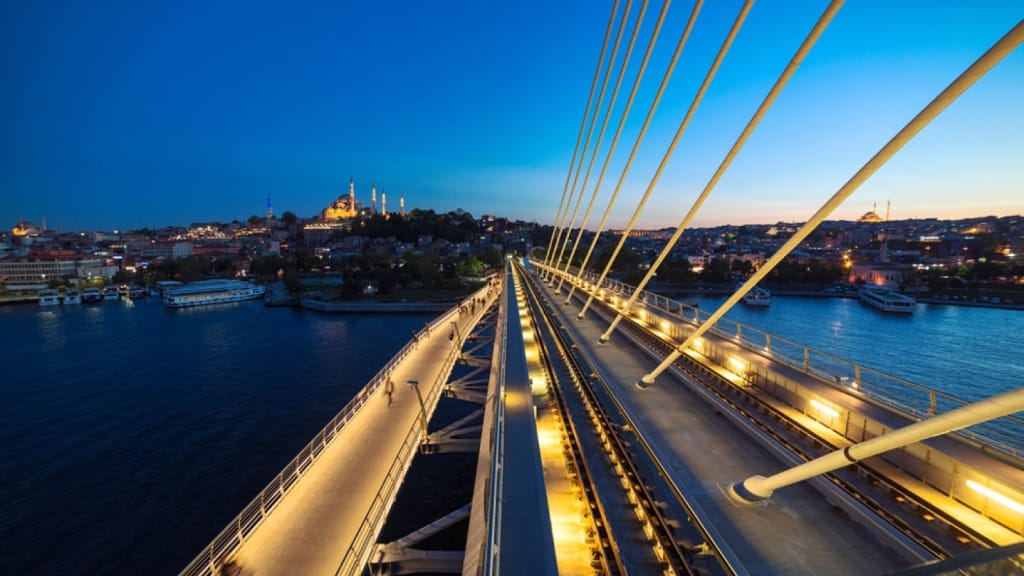
Istanbul Metro lines:
The lines extend throughout the city taking both residents and visitors to almost anywhere in the city.
- M1 Line: It was the first metro line, not only for Istanbul but also for Turkey. This line offers 2 different services that share the first eight stations before splitting off to arrive at different terminals. M1A line departs from Yenikapi and ends at the Atatürk airport, while M1B line departs from Yenkapi and ends at Kirazli.
- M2 Line: This is Istanbul metro system’s most used line. Moreover, it connects the south of Sariyer with Fatih to the center of Istanbul, passing below Büyükdere Avenue and below Maslak and Levent, which are two important financial districts.
- M3 Line: This line is an extension of the M1B line, departing from Kirazlı – Bağcılar terminal. It also offers two services that share the first 5 stations and then split off at İkitelli Sanayi. One of them ends at Metrokent since it is the M3 line’s official terminal, while the other ends at Olympiat.
- M4 Line: This was the first line to operate on the Asian side of Istanbul. Its 19 stations extend completely underground. This line runs mostly under state highway D.100 and its terminals are Kadıköy and Tavşantepe.
- M5 Line: This was the second line to run on the Asian side of Istanbul. Moreover, it was the first line to implement an automatic system that doesn’t require a conductor. The M5 line begins at Üsküdar station and extends to Yamanevler.
- M6 Line: It extends from the M2 Line’s Levent station and ends at Boğaziçi Üniversitesi.
- M7 Line: It runs from Mahmutbey to Şişli, passing through Alibeykoy and Yenimahalle.
- M9 Line: It runs from Olimpiyat to Bahariye.
Metro’s lines are interconnected at various points, making it easy to move from one line to another or to any part of the city.
Edited by: Ebla Group Real Estate
If you like the topic, do not forget to share it with your friends.
